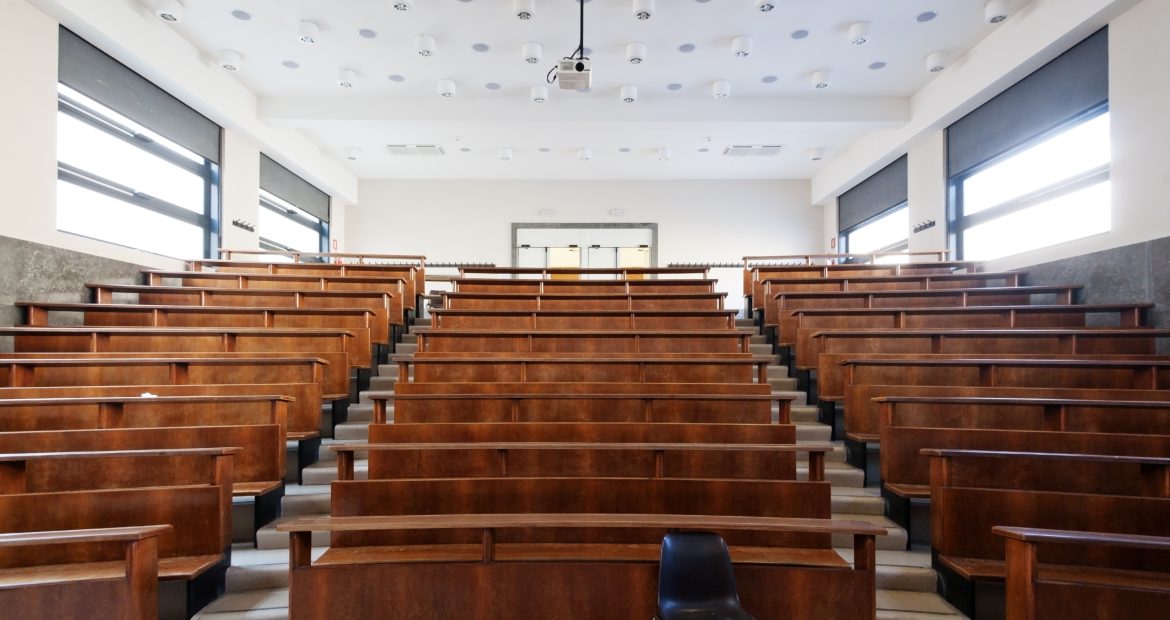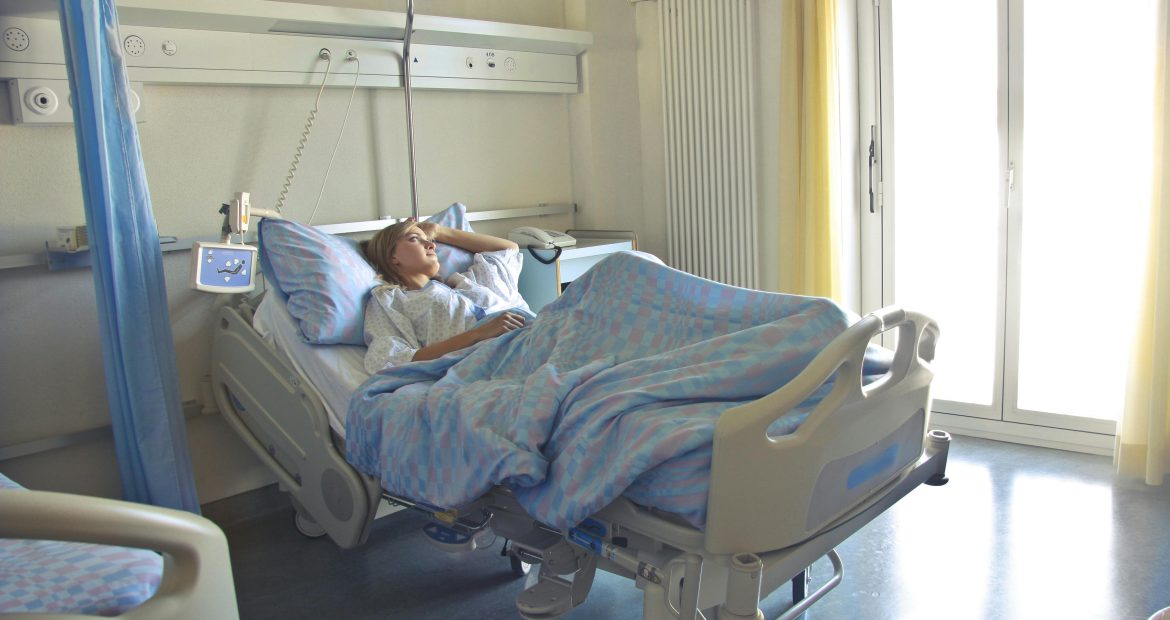Privacy Glass for Educational Institutions: A Comprehensive Guide
August 27, 2024Privacy glass, a specialized type of glass that offers varying degrees of transparency and light control, has become an increasingly popular choice for educational institutions. This versatile material provides numerous benefits, including enhanced privacy, improved energy efficiency, and enhanced security. In this article, we will explore the diverse applications of privacy glass in educational settings, focusing on high schools, children’s schools, and universities.
High Schools: A Focus on Safety and Privacy
High schools are often faced with unique challenges when it comes to ensuring the safety and privacy of students and staff. Privacy glass can play a crucial role in addressing these concerns.
1. Bulletproof Privacy Glass: In areas with heightened security concerns, bulletproof privacy glass can provide an extra layer of protection. This specialized glass is designed to withstand impact from firearms, making it an ideal choice for classrooms, administrative offices, and other critical areas. Bulletproof privacy glass can also be combined with other security features, such as reinforced frames and alarm systems, to create a highly secure environment.
2. Smart Glass: Smart glass, also known as switchable glass, offers a dynamic solution for controlling privacy and light in high school classrooms. By applying an electrical current, smart glass can instantly transition from transparent to opaque, providing students and teachers with the flexibility to adjust the level of privacy as needed. This can be particularly useful during sensitive discussions, exams, or when creating a more focused learning environment.
3. Decorative Privacy Glass: Decorative privacy glass can add a touch of style and elegance to high school interiors while also providing privacy. Options include frosted glass, etched glass, and sandblasted glass, each with its own unique pattern or texture. These types of glass can be used to create privacy partitions, doors, or windows, enhancing the overall aesthetic of the school.
Children’s Schools: Prioritizing Safety and Comfort
Children’s schools have a special responsibility to create a safe and comfortable learning environment. Privacy glass can help to achieve this goal in several ways.
1. Opaque Glass: Opaque glass, which is completely non-transparent, can be used to create private spaces within the school, such as counseling rooms, nurse’s offices, and administrative areas. This helps to protect the privacy of students and staff, ensuring that sensitive information remains confidential.
2. Solar Control Glass: Solar control glass is designed to reduce the amount of heat and glare that enters a building. This can be particularly beneficial in children’s schools, where classrooms can become hot and uncomfortable during the summer months. By blocking harmful UV rays and reducing heat gain, solar control glass can create a more pleasant and conducive learning environment.
3. Safety Glass: Safety glass is a type of glass that is designed to break into small, blunt pieces in the event of impact.This reduces the risk of injury if the glass is broken, making it an important safety feature in children’s schools. Safety glass can be used for windows, doors, and partitions throughout the building.
Universities: Balancing Privacy and Openness
Universities are complex institutions that often require a balance between privacy and openness. Privacy glass can help to achieve this balance in various settings.
1. Research Facilities: Research facilities often handle sensitive data and materials that require a high level of privacy.Privacy glass can be used to create secure areas within laboratories, offices, and storage rooms, protecting intellectual property and ensuring confidentiality.
2. Student Housing: Student housing can benefit from the use of privacy glass to create a more comfortable and private living environment. Privacy glass can be used for windows, doors, and partitions within individual dorm rooms or shared spaces.
3. Administrative Offices: Administrative offices in universities often handle sensitive student and faculty information.Privacy glass can be used to create private meeting rooms, counseling offices, and other areas where confidential conversations can take place.
Conclusion
Privacy glass offers a versatile and effective solution for educational institutions of all types. By providing enhanced privacy, improved security, and enhanced energy efficiency, privacy glass can help to create a safer, more comfortable, and more productive learning environment. Whether you are looking to protect sensitive information, create private spaces, or improve the overall aesthetic of your school, privacy glass is a valuable investment.
Privacy glass, a specialized type of glass that offers varying degrees of transparency and light control, has become an increasingly popular choice for educational institutions. This versatile material provides numerous benefits, including enhanced privacy, improved energy efficiency, and enhanced security. In this article, we will explore the diverse applications of privacy glass in educational settings, focusing on high schools, children’s schools, and universities.
High Schools: A Focus on Safety and Privacy
High schools are often faced with unique challenges when it comes to ensuring the safety and privacy of students and staff. Privacy glass can play a crucial role in addressing these concerns.
1. Bulletproof Privacy Glass: In areas with heightened security concerns, bulletproof privacy glass can provide an extra layer of protection. This specialized glass is designed to withstand impact from firearms, making it an ideal choice for classrooms, administrative offices, and other critical areas. Bulletproof privacy glass can also be combined with other security features, such as reinforced frames and alarm systems, to create a highly secure environment.
2. Smart Glass: Smart glass, also known as switchable glass, offers a dynamic solution for controlling privacy and light in high school classrooms. By applying an electrical current, smart glass can instantly transition from transparent to opaque, providing students and teachers with the flexibility to adjust the level of privacy as needed. This can be particularly useful during sensitive discussions, exams, or when creating a more focused learning environment.
3. Decorative Privacy Glass: Decorative privacy glass can add a touch of style and elegance to high school interiors while also providing privacy. Options include frosted glass, etched glass, and sandblasted glass, each with its own unique pattern or texture. These types of glass can be used to create privacy partitions, doors, or windows, enhancing the overall aesthetic of the school.
Children’s Schools: Prioritizing Safety and Comfort
Children’s schools have a special responsibility to create a safe and comfortable learning environment. Privacy glass can help to achieve this goal in several ways.
1. Opaque Glass: Opaque glass, which is completely non-transparent, can be used to create private spaces within the school, such as counseling rooms, nurse’s offices, and administrative areas. This helps to protect the privacy of students and staff, ensuring that sensitive information remains confidential.
2. Solar Control Glass: Solar control glass is designed to reduce the amount of heat and glare that enters a building. This can be particularly beneficial in children’s schools, where classrooms can become hot and uncomfortable during the summer months. By blocking harmful UV rays and reducing heat gain, solar control glass can create a more pleasant and conducive learning environment.
3. Safety Glass: Safety glass is a type of glass that is designed to break into small, blunt pieces in the event of impact.This reduces the risk of injury if the glass is broken, making it an important safety feature in children’s schools. Safety glass can be used for windows, doors, and partitions throughout the building.
Universities: Balancing Privacy and Openness
Universities are complex institutions that often require a balance between privacy and openness. Privacy glass can help to achieve this balance in various settings.
1. Research Facilities: Research facilities often handle sensitive data and materials that require a high level of privacy.Privacy glass can be used to create secure areas within laboratories, offices, and storage rooms, protecting intellectual property and ensuring confidentiality.
2. Student Housing: Student housing can benefit from the use of privacy glass to create a more comfortable and private living environment. Privacy glass can be used for windows, doors, and partitions within individual dorm rooms or shared spaces.
3. Administrative Offices: Administrative offices in universities often handle sensitive student and faculty information.Privacy glass can be used to create private meeting rooms, counseling offices, and other areas where confidential conversations can take place.
Conclusion
Privacy glass offers a versatile and effective solution for educational institutions of all types. By providing enhanced privacy, improved security, and enhanced energy efficiency, privacy glass can help to create a safer, more comfortable,and more productive learning environment. Whether you are looking to protect sensitive information, create private spaces, or improve the overall aesthetic of your school, privacy glass is a valuable investment. To learn more about privacy glass solutions for your educational institution, schedule a Lunch and Learn with our team! The knowledge (and food) is on us.


